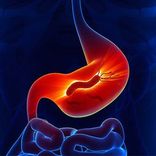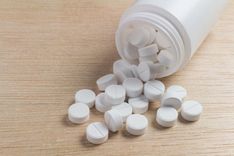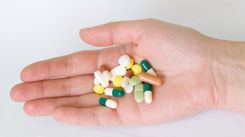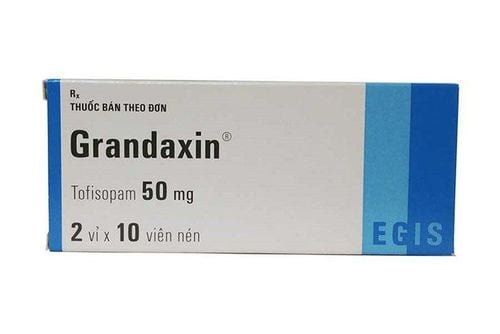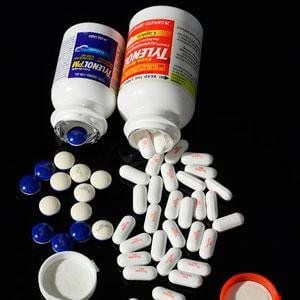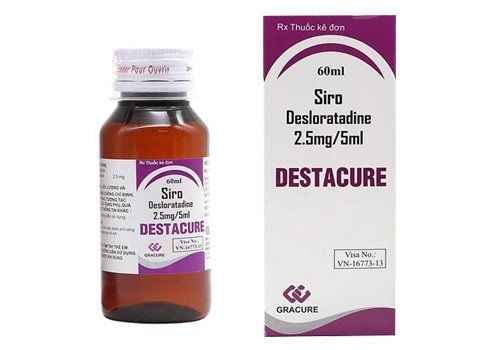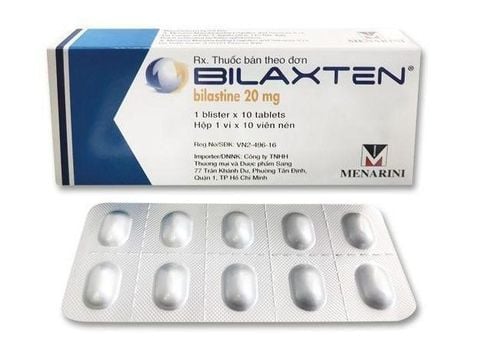H1 antihistamines are relatively widely used, especially in patients with allergic rhinitis or chronic urticaria. One of the products in this group of drugs is Ebastine 20mg. So, what is Ebastine 20mg and how should it be used?
1. What is Ebastine?
Ebastine 20mg contains the active ingredient Ebastine, which belongs to the group of antihistamines.
2. Indications for Ebastine 20mg
Ebastine is indicated for use in the following cases:
- Allergic rhinitis (including seasonal or perennial), which may or may not be accompanied by allergic conjunctivitis;
- Chronic idiopathic urticaria;
- Treatment of symptoms of allergic dermatitis.
Ebastine 20mg is contraindicated for the following cases:
- Individuals who are allergic or hypersensitive to Ebastine 20mg or any other component of the medication;
- Severe liver impairment.
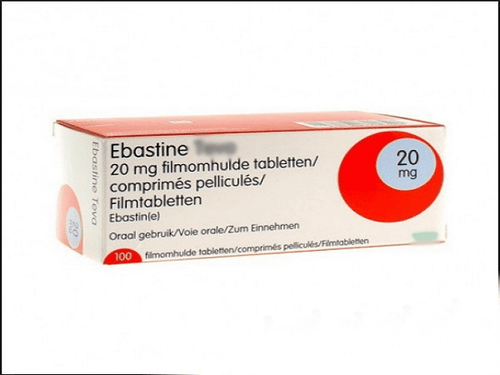
3. Dosage and usage of Ebastine 20mg
Dosage for adults:
- Histamine-related allergic conditions: 10mg per day;
- Allergic rhinitis or chronic urticaria: 10mg per day;
- Seasonal allergic rhinitis: 20mg per day.
Dosage for children:
- Children over 12 years old: Same dosage as adults;
- Children under 12 years old: Ebastine should not be used.
4. Side effects of Ebastine
Some common side effects include:
- Headache;
- Drowsiness;
- Dry mouth.
Some less common side effects:
- Insomnia;
- Dizziness;
- Sore throat;
- Nosebleeds, rhinitis;
- Nausea, abdominal pain, indigestion;
- Fatigue.
Additionally, some rare side effects of Ebastine include:
- Anxiety, sensory disturbances;
- Rapid heartbeat, palpitations;
- Vomiting;
- Abnormal liver function test results;
- Rash, hives, eczema;
- Menstrual pain;
- Swelling.
5. Some precautions when using Ebastine:
General precautions:
- Be cautious when using Ebastine in patients with conditions such as prolonged QT syndrome, hypokalemia, or those using medications that may prolong the QT interval or inhibit the CYP3A4 isoenzyme;
- Use Ebastine with caution in patients with mild to moderate liver impairment and all degrees of renal impairment;
- The safety and efficacy of Ebastine in children under 12 years of age have not been established.
Precautions for specific individuals:
- Ebastine 20mg should not be used by pregnant women unless the benefits to the mother's health outweigh the potential risks to the fetus;
- Ebastine is not recommended for use in breastfeeding women;
- Ebastine 20mg may cause drowsiness and is not suitable for people who drive or operate machinery.

6. Pharmacodynamics and pharmacokinetics of Ebastine
6.1 Pharmacodynamics
Ebastine is a second-generation antihistamine that, upon entering the body, metabolizes into the active substance Carebastine.
Both in vitro and in vivo studies show the antihistamine and antiallergic effects of Ebastine. The benefits of this active ingredient include its long-lasting effect and minimal sedative properties. In vivo studies indicate that Ebastine preferentially binds to peripheral H1 receptors.
According to research, Ebastine effectively combats allergies and histamine in healthy volunteers and allergic patients. Additionally, it can inhibit histamine-induced bronchoconstriction in asthma patients. Ebastine 20mg significantly improves the symptoms of seasonal or perennial allergic rhinitis and chronic idiopathic urticaria.
Most new-generation H1 antihistamines do not accumulate in tissues when used continuously and maintain their effect for up to 3 days for short-term treatments. Moreover, observations in patients using Ebastine 20mg daily do not report tolerance development or loss of peripheral H1 receptor antagonism.
6.2 Pharmacokinetics
- Absorption: After administration, Ebastine 20mg is rapidly and almost completely absorbed through the gastrointestinal tract. In individuals taking a single 10mg dose, the time for the active metabolite Carebastine to reach peak plasma concentration (80-100 ng/mL) is approximately 2.6 to 4 hours. Note that taking Ebastine with food can increase its bioavailability;
- Distribution: Ebastine can cross the placenta and is excreted into breast milk. Both Ebastine and Carebastine are highly bound to plasma proteins, with a binding rate of over 95%;
- Metabolism: This active ingredient is almost completely metabolized in the liver via the CYP3A4 enzyme system to form the active metabolite Acid Carebastine;
- Excretion: Two-thirds of the drug is excreted in the urine, mainly as conjugated metabolites. The half-life of Carebastine is approximately 15–19 hours, which can extend to 23–26 hours in patients with renal impairment and up to 27 hours in patients with liver impairment.
7. Some drug interactions of Ebastine
- Using Ebastine with azole antifungals (like Ketoconazole) or macrolide antibiotics (like Erythromycin, Clarithromycin) may increase plasma levels of Ebastine and prolong the QT interval;
- Concurrent use of Ebastine 20mg with antiarrhythmic medications may increase the risk of rapid heartbeats;
- The sedative effects of alcohol and Diazepam can be enhanced when combined with Ebastine;
- Taking Ebastine with food can increase the drug's bioavailability.
In conclusion, Ebastine is commonly used to treat allergic dermatitis, seasonal allergic rhinitis, and chronic idiopathic urticaria. The provided information does not replace the advice of healthcare professionals. Always consult a doctor or pharmacist before using the medication.
Please dial HOTLINE for more information or register for an appointment HERE. Download MyVinmec app to make appointments faster and to manage your bookings easily.

